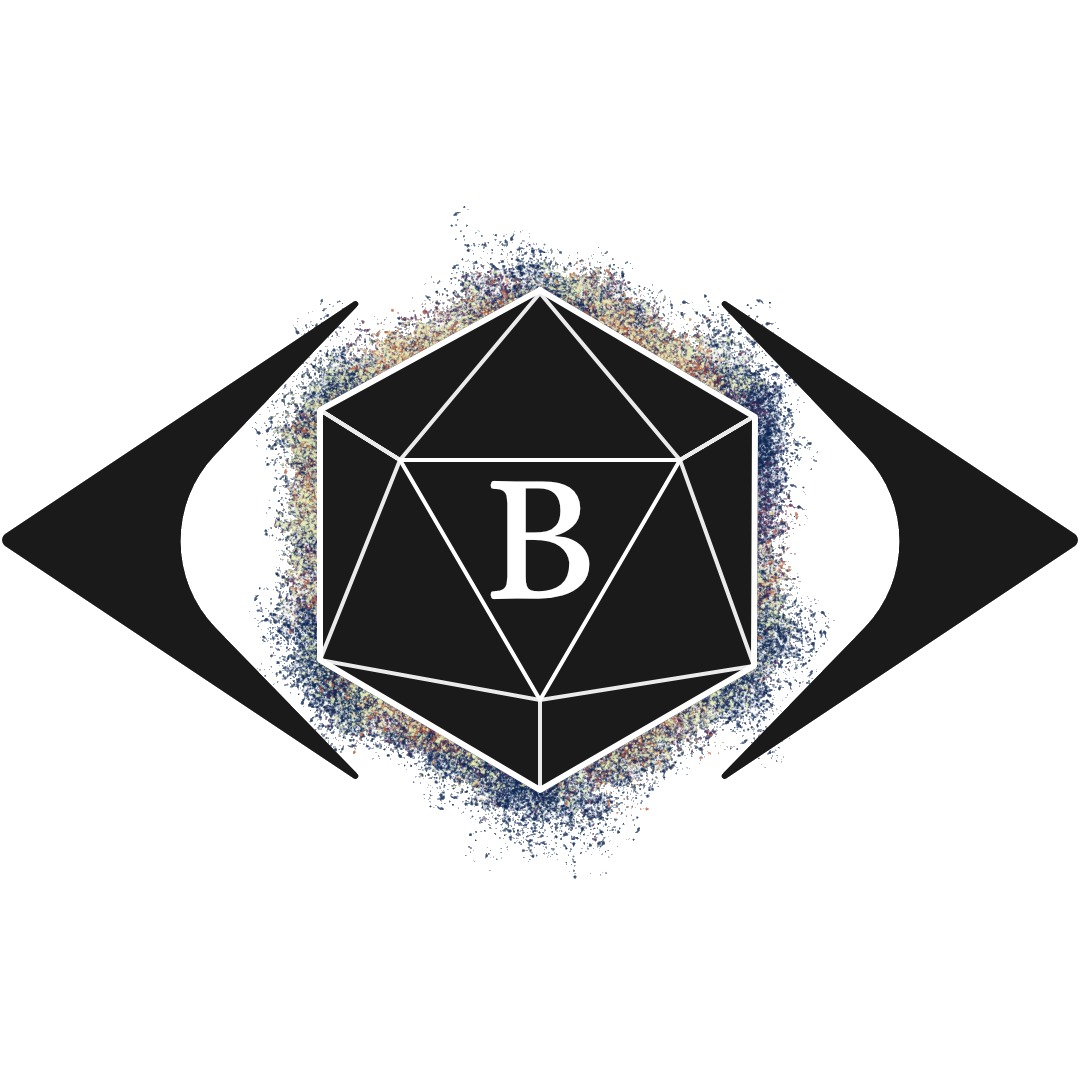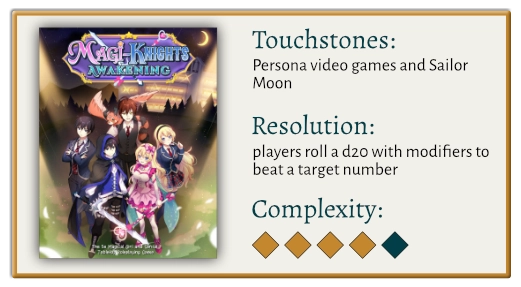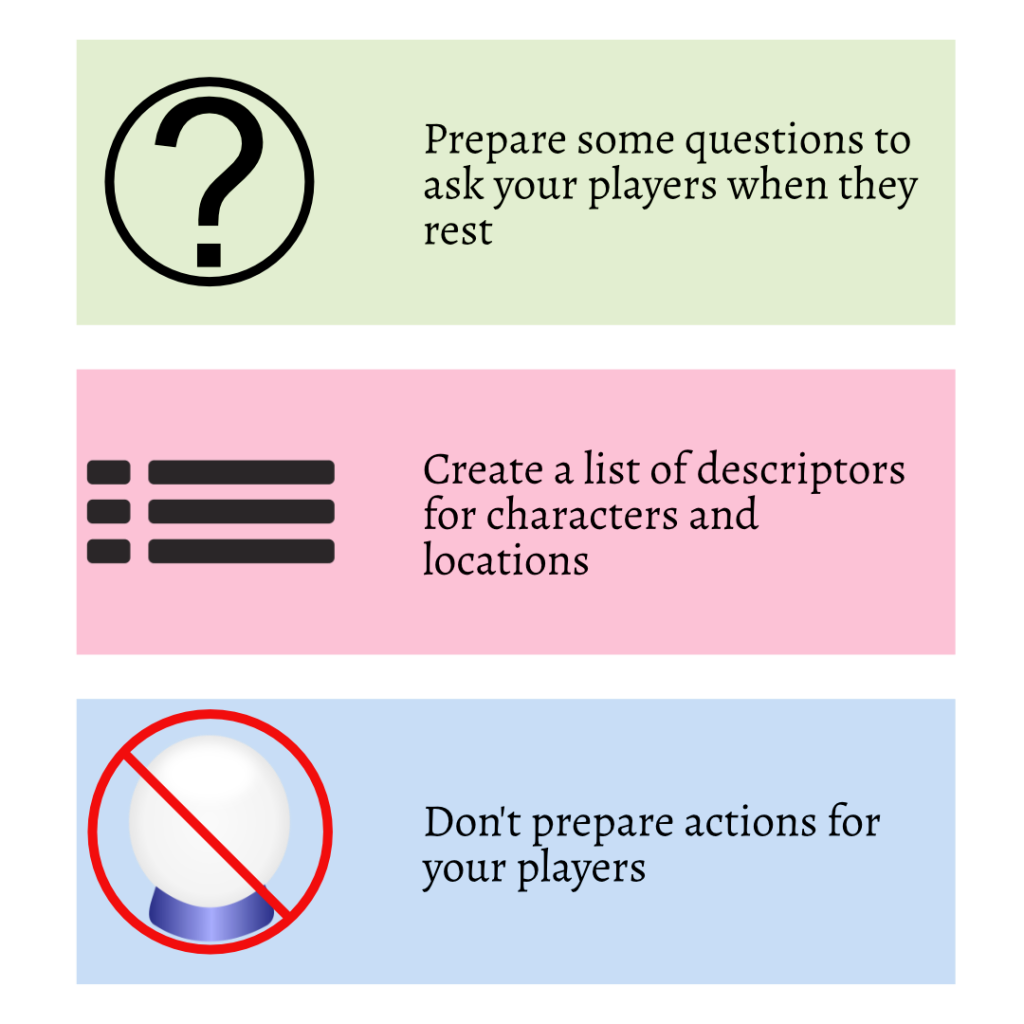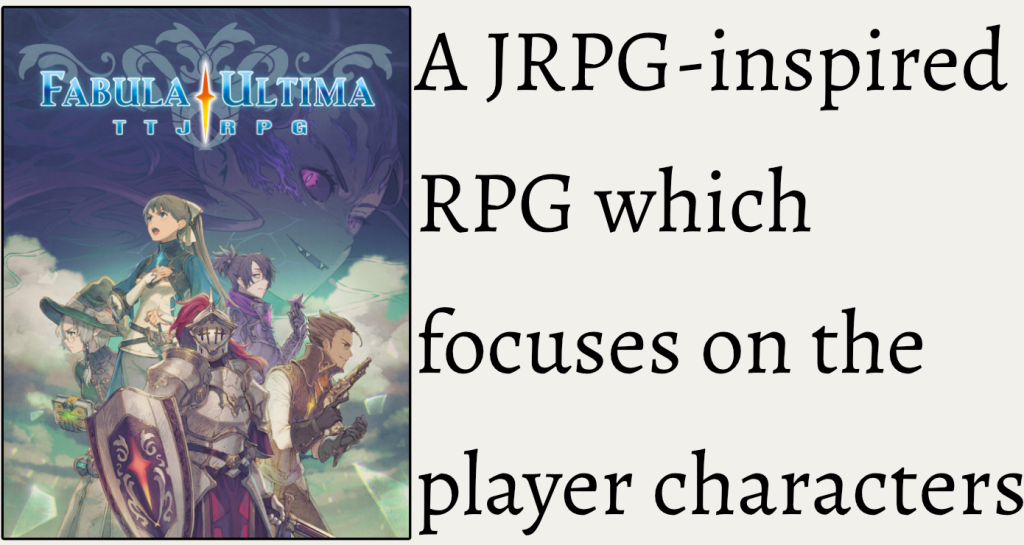There are four major components to my roleplaying campaigns that support me in planning and running them.
When I sit down to plan a series of bad jokes campaign for my group I always start with the big question. This is the focus of the campaign, and it is what I tell my players when we run session 0 together to create characters.
The next step is to create a network of non-player characters (NPCs) and locations (my agents). I use these NPCs as agents of change or hooks and the locations as the backdrop for these scenes. Both are typically derived from session-0 character creation along with any idea I have when I contemplate the big question.
Finally, I create the framework for session 1:
- An opening scene description of the starting situation.
- An introspective question for each player regarding their character usually tied to the opening scene description.
- A driving question to bring the group together or to spur the characters into action, again, related to the opening scene description.
- Any other notes for the starting situation I may need or those other questions I asked the players.
As play progresses the funnel works its magic. The players become more acquainted with their characters and the world we play which leads to the other questions becoming more specific and tending to lead the character down particular paths.
Paths may include moral dilemmas like:
- Whether or not to gift someone something because they gifted you some trash.
- Deciding if you should save up some of that money instead of buying yet another fancy looking book.
Before I delve a little more deeply into each component, I want to note that I run very short campaigns, typically 8-12 sessions that last 2-3 hours each. Why? I just really need to get through that backlog of TRPG systems I keep adding to and I find it keeps things fresh and focused.
The Big Question
There are three rough steps for developing a good big question: choose a topic, research and contemplation, elucidate (fancy word, hey?).
- Choose a topic. This is usually a broader genre like ‘zombie apocalypse’, ‘alien invasion’, or ‘teenage drama’. It just comes down to what I feel inspired about at the time.
- Contemplate and research. I will run the idea by my players to gauge interest and generate ideas. If the players seem interested then I will look to my library of books, the internet, and other media to draw inspiration from.
- Elucidate! Here is where I take the initial topic and draw out a single, broad question about the players. There is no formal method I use for this, the question just comes to me from the research and contemplation, but it should be prefaced by something like: ‘Can the players…’ or ‘Will the players…’.
For example, I may have started with ‘alien invasion’ as my initial topic and through various movies, books, and conversations I might arrive at the question: ‘Will the players escape their home planet after the alien invasion?’
Agents
This component can be such a black hole of time and energy. I think anyone could indefinitely create NPCs and locations but the key to this is create just enough to start a game.
The purpose of the agents in my campaigns is to supplement the player characters by creating narrative opportunities to encourage change and to help answer the big question.
Both NPCs and locations accomplish this for me.
Non-Player Characters (NPCs)
NPCs are composed of the following: three descriptors, an intent, and a threat.
- Three descriptors: This is something I took from my time with Blades in the Dark by John Harper. Essentially, I write down three short fragments of information about the NPC which can be anything from a physical description, an occupation, or a nasty habit like picking their nose.
- Intent: This is the goal of the agent. It is used to inspire how they might interact with the player characters.
- Threat: This is what threatens the agent and is usually something that stands in the way of their Intent. Like the intent, this inspires how they NPC may behave and interact with the player characters.
Here is an example NPC from my current preparation:

Locations
Locations are composed of the following: two functions, three descriptors, and an encounter table.
- Two Functions: These are two short sentences that describe how NPCs use this location in the world. The reason for two is because it provides some needed depth and flexibility to the location. Instead of just having the toilet location where everyone shits it doubles as a place to buy some really great doughnuts. I bet you are already making connections about where those doughnuts come from – the power of two functions!
- Three Descriptors: Much like the NPCs, I write three short fragments of information about the location. Unlike NPCs, these fragments are typically focused on sensory information. Not sure why… I should probably think about why I do this.
- Encounter Table: This is a new one for me and something I blatantly stole from Chris McDowall’s post: “Small Tables“. It is a small, d6 table of encounters or events that I sometimes change between sessions to reflect situations during the sessions. Essentially, I can just roll on this to help establish starting situations for a session or add depth or change to a scene during a session.
Here is an example location from my current preparation:

Other Questions and the Funnel
I have spewed my thoughts on using questions to start a roleplaying game session on this blog before but to iterate the main point of this:
Providing each player a question about their character can support them with recontextualising themselves in the narrative and prime their minds to follow hooks and threads relevant to the direction they wish to take their character.
As players become more familiar with their characters and my agents, they begin to demonstrate which narrative threads they are interested in.
Questions focus roleplay.
When I develop the starting questions for a session, I think about which narratively relevant threads the player is interested in.
And this is how the funnel focuses questions.
An example question could be “Lucy, last session Galgotrox, the Destroyer, was not able to climb the tree and save the scared cat. People laughed at them. How do you think Galgotrox, the Destroyer might respond to the people of this cruel town now?”
Closing Thoughts
There are four major components to my roleplaying games: The Big Question, Agents, Other Questions, and the Funnel.
- The big question provides the overall genre or context to the campaign.
- The agents create narrative opportunities to help the player characters to answer the big question.
- The other questions and the funnel drive the player characters and agents towards answering the question.
I like how this provides me with a framework to develop campaigns because I know how close I am to being able to start the game.
This approach is loose enough to change the formula easily either during or before the campaign.
If you have any other ideas or thoughts for campaign or session prep, let me know in the comments below. I may write a blog post about how I stole the idea from you.





Leave a comment